What are Cocci and Bacilli?
Bacteria possess mostly three distinct shapes; Cocci (egg or ovoid shaped), bacillus (rod-shaped) and spiral-shaped bacteria. In the present article, two distinct shapes namely Cocci and Bacilli will be discussed. Cocci bacteria may live singly, or may be found in aggregates or clusters. These aggregates are categorised based on the arrangement of the cells of the bacteria of which they are composed. Bacilli are not arranged in patterns as complex as those of cocci, and most occur singly or in pairs. Both cocci and bacilli bacteria cause series of infections and diseases both humans and plants. Both bacterial infection types can be treated with antibiotics like penicillin and tetracycline. However, the main difference between cocci and bacilli is their basic shape of the bacteria.
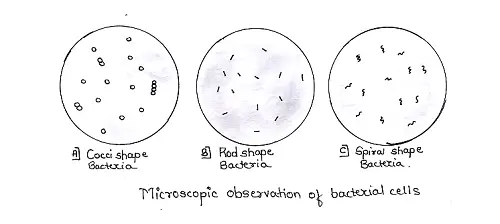
Figure 1. Types of Bacterial Cells
Cocci
Cocci (Plural cocci) is a form of bacteria which is mostly spherical, roughly spherical, round or ovoid (more or less egg shaped). Cocci are usually a flagellate, i.e. lacking flagella. A coccus has the ability to live as an individual organism on its own as a single cell, or remain attached following cell division or even lives in formation with other cocci bacteria. Most of the genera of cocci bacterium are Gram-positive, i.e. showing crystal violet colour during stain procedure. However, there are several Gram-negative cocci too which show pink or red colour after counterstaining. There are five major arrangements of cocci which can be seen after they multiply. Micrococcus, cells are small and occur singly; A pair or two joined cocci are called diplococci. Four joined cocci arrangement in the same series are known as tetrads. A long chain or series formation by cocci are called streptococci. Tetracocci, cells divide in two planes and characteristically form groups of four cells. Cuboidal arrangement of 8 cocci in a same plane are called Sarcina. Irregular cocci arrangement is called staphylococci. Cocci are most common pyogenic (Pus- producing) bacteria and have the tendency to cause various infections, boils, toxic shock, pelvic inflammatory diseases, gangrene, peritonitis, abscesses and impetigo. Cocci may occasionally cause infection in patients with weak immune systems.
Bacillus
Rod shaped bacterial cells are known as bacilli (Plural-bacillus). This means that one axis of the rod-shaped bacterium is longer than the other. Bacillus is a member of the phylum Firmicutes and the family Bacillaceae. The class of bacteria termed as Bacilli has two orders named Bacillales and Lactobacillales. Other different types of bacilli are spirochetes, spindle-shaped rods, filaments and spirillum.
Bacilli also show different cell arrangements on multiplication. Bacillus is mostly arranged as a single bacterium. A single curved rod is called vibrio. The shortest rod-shaped bacteria are called Coccobacillus. They are stumpy and ovoid in shape. The side by side arrangement of bacilli is called Diplobacilli. The chain formation of bacillus is termed as Streptobacilli. Members of the order Bacillales, are all gram-positive and are usually rod-shaped. Such bacillus produces endospores when the environmental conditions are not optimum and become too harsh. Endospores are actually the dormant forms of bacteria that can survive harsh and challenging environmental conditions like high temperatures, disinfectants or even radiations. When the environmental conditions become normal and optimum, the bacteria become active again. Members of the order Lactobacillales are usually rod shaped or circle shaped and are also gram-positive and can survive in extreme acidic conditions. Lactobacillales are mostly found in mouth and intestines of human beings and are mostly beneficial. An example of bacilli is Escherichia coli, and these live in the intestines of animals and decompose undigested food. They are usually helpful or harmless, but some may cause food poisoning in their hosts. About 40 per cent, of human faeces comprises of bacteria mainly E. coli in milk, water, or food is used as an index of faecal contamination.
Many species of bacilli have the capacity to generate superabundant quantities of catalytic substances to bring about specific biochemical reactions that are used in several industrial processes. Few bacilli species have the tendency to form polyhydroxyalkanoates within the cells under certain harsh and challenging environmental conditions. Bacillus subtilis for hay or grass bacillus is for example utilised for several research purposes. Some other species of bacilli bacteria are significant disease causing infectious agents like anthrax (Infectious disease) and foodborne illness.
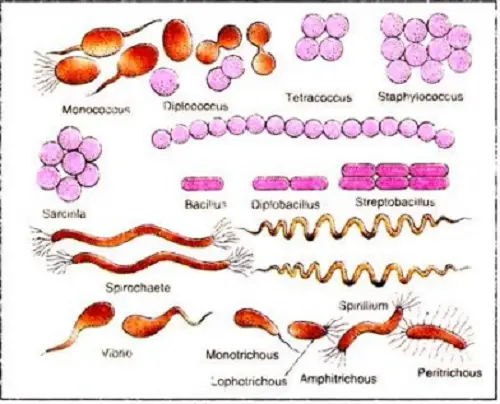
Figure 2. Structural arrangement of cells in Cocci and Bacillus (Hiremath & Bannigidad, 2011)
Difference between Cocci and Bacillus
1. Shape and cell arrangement
Cocci
The shape of bacteria is determined by their cell wall and can be very diverse. Cocci are mostly ovoid (egg shaped), spherical, bean shaped, round and grape like. Cocci bacteria exhibits different cellular arrangements like pairs of cocci are called diplococci; rows or chains are called streptococci; grapelike clusters of cells, staphylococci; packets of eight or more cells are known as sarcinae; and four cells in a square arrangement are known as tetrads. These arrangements are a result of bacterial multiplication or reproduction.
Bacilli
Bacilli are usually rod-shaped, vibrio, filamentous (having form of threads or filaments) spirochetes (flexible and spirally twisted) and spindle or spirillum-shaped. Bacilli usually divide in the same plane and are solitary, but can combine to form diplobacill in which two bacilli are usually arranged side by side with each other. Arrangement showing chain formation are called streptobacilli and coccobacillus are oval shaped bacilli and similar to coccus (circular shaped bacterium).
2. Symmetry
Cocci
In cocci bacterium, one axis is almost similar to the other axis and the bacterium is elongated or flattened.
Bacilli
Bacilli arrangement shows mostly one single bacteria in the bacillus. One axis of the bacterium is usually longer than the other.
3. Metabolism
Cocci
They are mostly anaerobic. Gram-positive anaerobic cocci (GPAC) are a heterogeneous group of organisms defined by their morphological appearance and their inability to grow in the presence of oxygen
Bacilli
Bacilli species are either a resistant asexual spore developing within some bacteria cells, forming aerobic or discretionary (facultative) anaerobic. Facultative anaerobe, are the bacteria that have the ability to utilize oxygen but also has anaerobic methods of energy production. It can thrive in either environment.
4. Gram Positive and Gram Negative
Cocci
Cocci comprise both gram- positive and gram-negative bacterial species
Bacilli
Bacilli are mostly gram positive.
5. Diseases
Cocci
Skin infections, cellulitis, pneumonia, gangrene, inflammation of endocardium, ulcers, and cysts, osteomyelitis, septic arthritis, bite wounds, peritonitis, bacteraemia, necrosis caused by a critically insufficient blood supply, peritonitis, swelling of pelvis due to infection, toxic shock syndrome, staphylococcal scalded skin syndrome, staphylococcal foodborne illness etc.
Bacilli
Anthrax, pneumonia, pan-ophthalmitis, visceral abscess, musculoskeletal infections, tissue necrosis, bacteraemia, meningitis, endocarditis and infectious wounds in eyes, ear, kidneys, urethra, ureters, bladder and respiratory tract, tularemia (microbe is coccobacilli), typhoid, shigellosis, listeriosis, erysipelas, botulism etc.
6. Examples
Cocci
Streptococcus bacteria e.g. Streptococcus pyrogenes which are flesh eating bacteria. Lactococcus bacteria e.g. Lactococcus lactis which is usually found in cheese and buttermilk. Staphylococcus bacteria e.g. Staphylococcus aureus. These bacteria cause a range of diseases. Enterococcus bacteria e. g. Enterococcus faecalis which is a friendly bacterium of the gut.
Bacilli
Bacillus pumilus, Bacillus coagulans, Bacillus megaterium, Bacillus licheniformis, Bacillus larvae, B lentimorbus, Lactobacillus plantarum, Bacillus mycoides and Bacillus Safensis are few examples of bacilli.
Summary
The points of difference between cocci and bacilli have been summarized below:
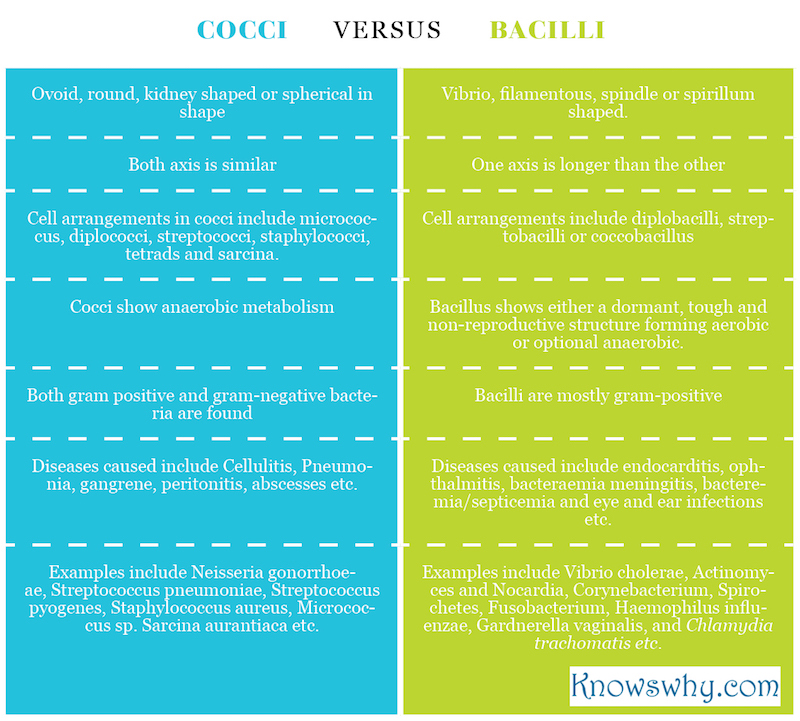

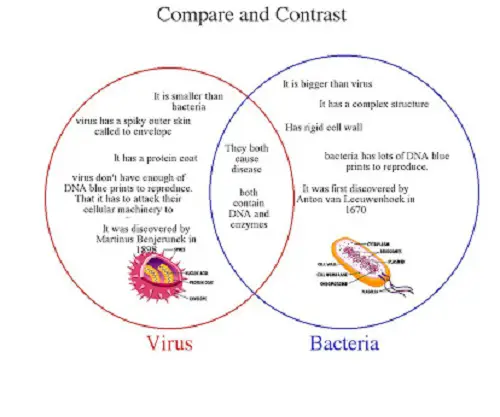

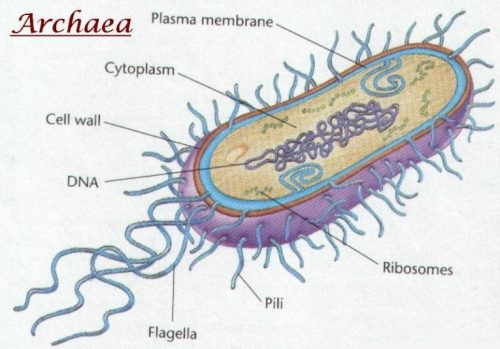
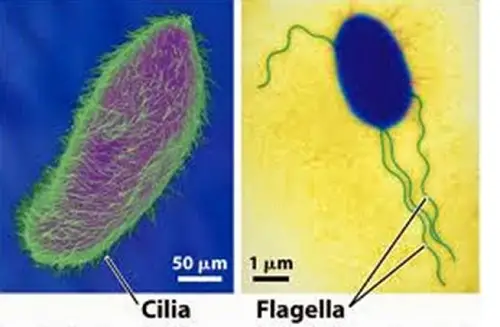
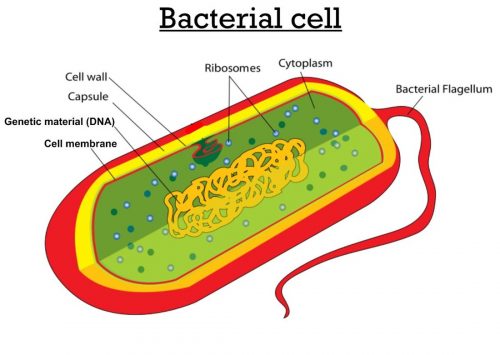






Leave a Reply